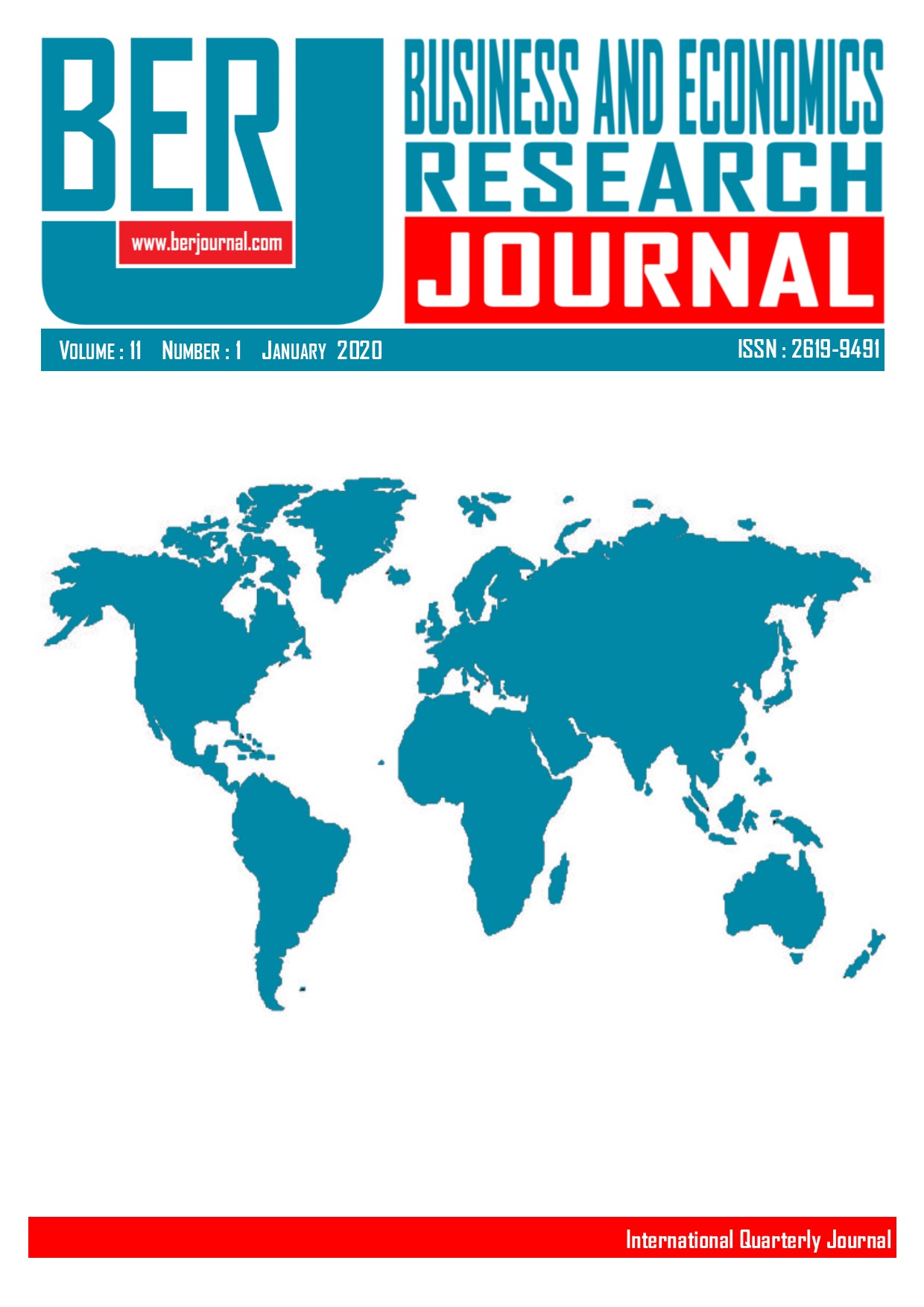Bankacılık Sektöründe Sermaye Yeterlilik Rasyosunu Belirleyen Faktörlerin Analizi
Analysis of the Factors Determining the Capital Adequacy Ratio in the Banking Sector
Author(s): Fatma Citak, İlkut Elif Kandil GökerSubject(s): Economy, Financial Markets
Published by: Adem Anbar
Keywords: Capital Adequacy Ratio; Commercial Banks; Turkish Banking Sector; Panel Data Analysis;
Summary/Abstract: Capital adequacy ratio is considered as an important indicator in the risk and profitability management of the banks, which are considered as the most fundamental element of the financial system due to their intermediation activities. Turkey has made many regulations for banks' capital structure after the experienced financial crisis. Since 2006, it is aimed to strengthen the banking system with a minimum capital adequacy ratio (12%) above the standard ratio of 8% set by the Basel criteria. In this sense, it is important to identify the factors that affect the capital adequacy ratio, which is considered as an important tool of risk and profitability management The commercial banks operating in Turkey and whose complete financial data were available were used in the study and panel data analysis was conducted. According to the findings, it was determined that there is a significant relationship between the capital adequacy ratio and the banks' total asset size, deposit/total asset ratio, loan/total asset ratio, interest margin and non-performing loan/total loan ratios.
Journal: Business and Economics Research Journal
- Issue Year: 11/2020
- Issue No: 1
- Page Range: 169-185
- Page Count: 17
- Language: Turkish

